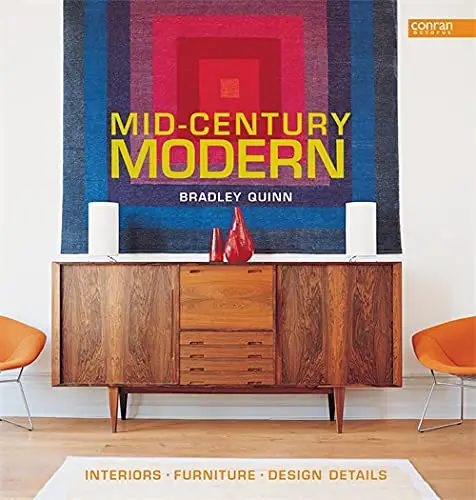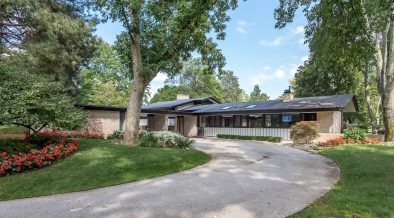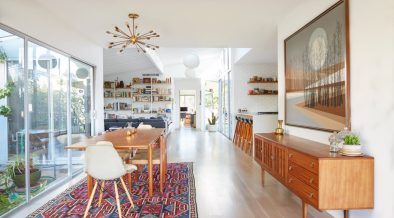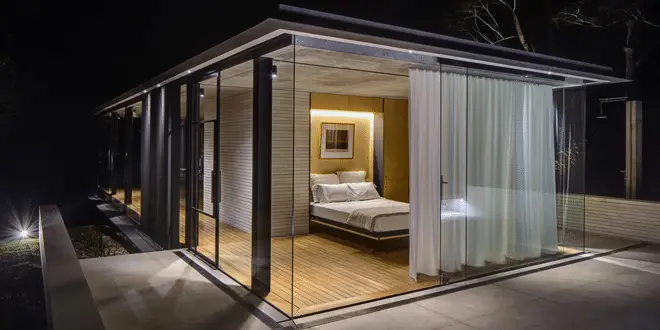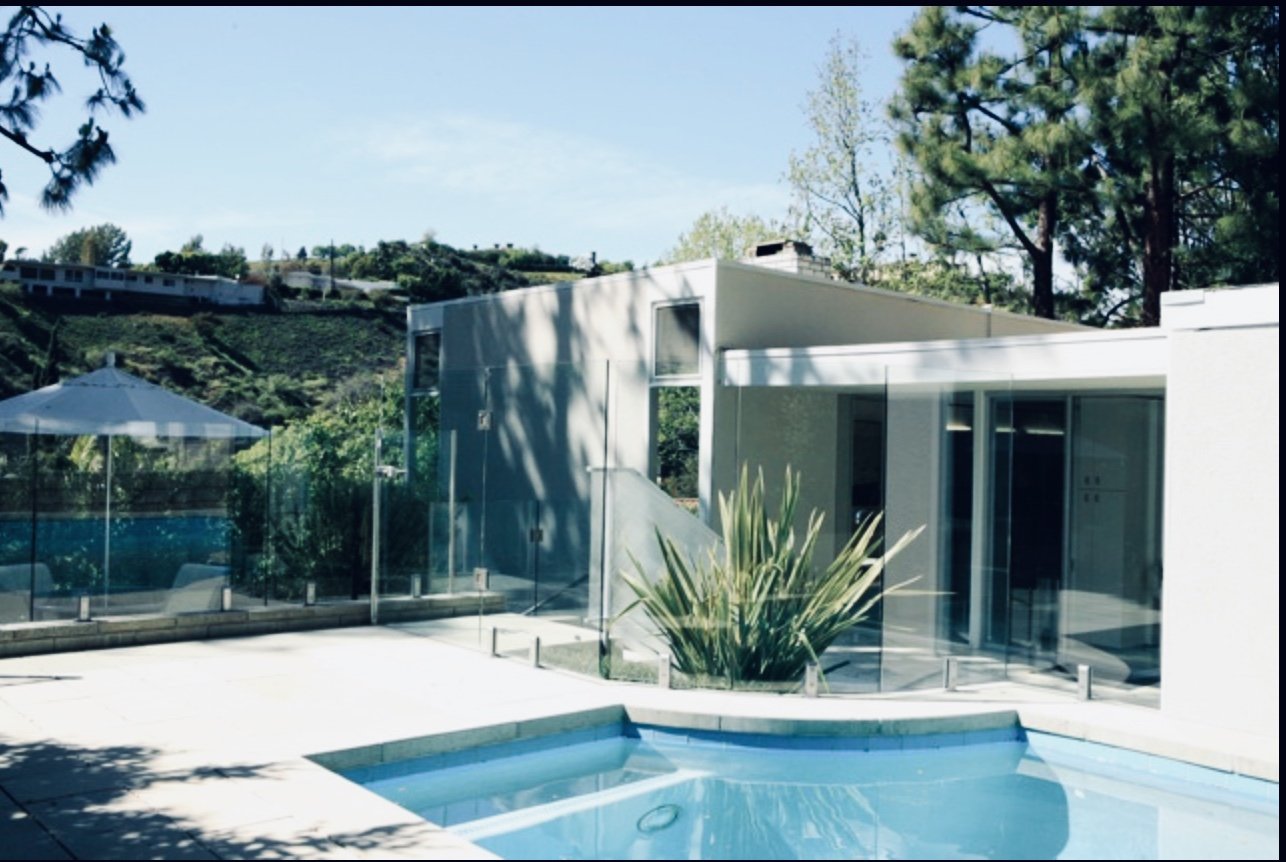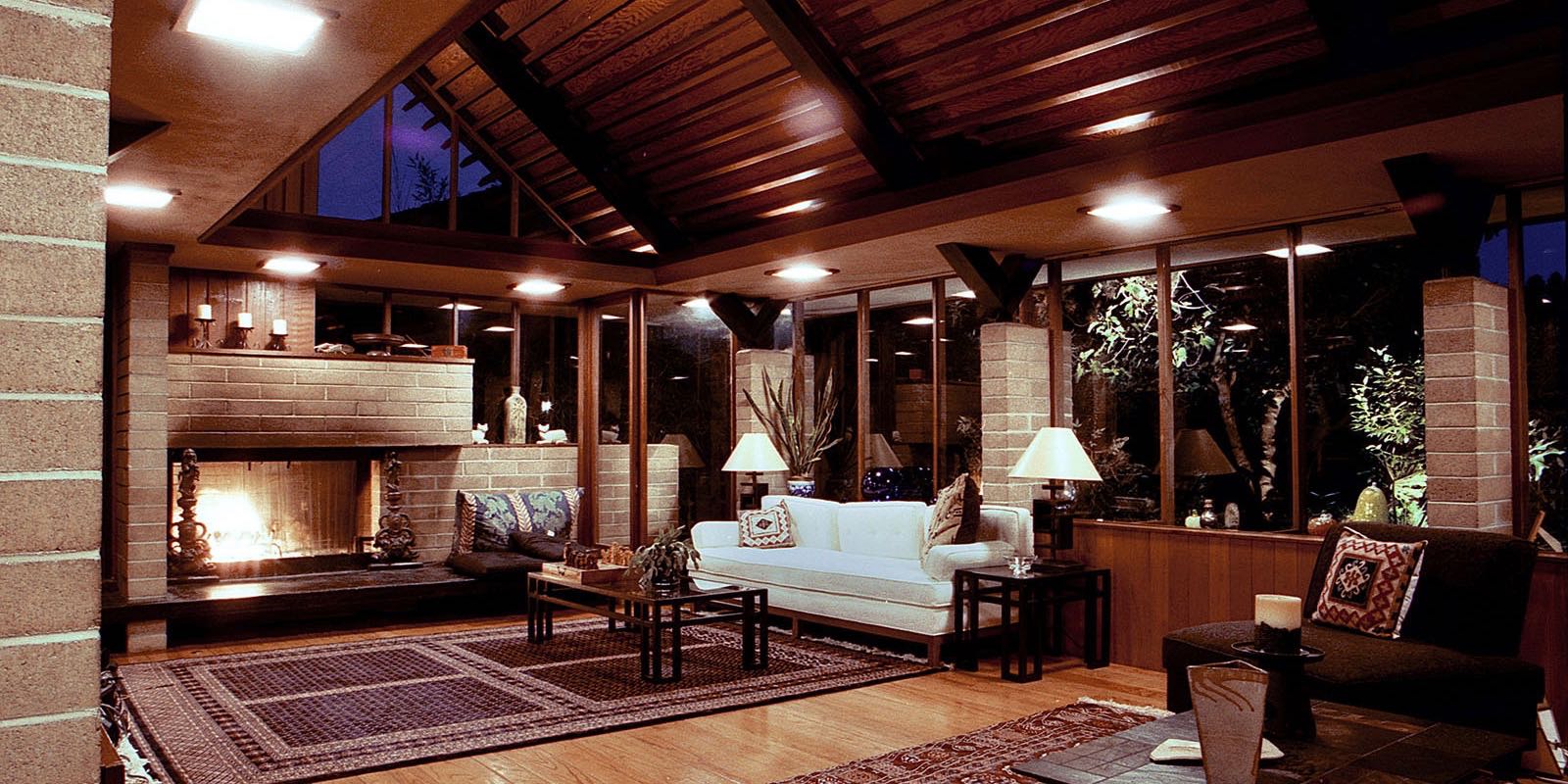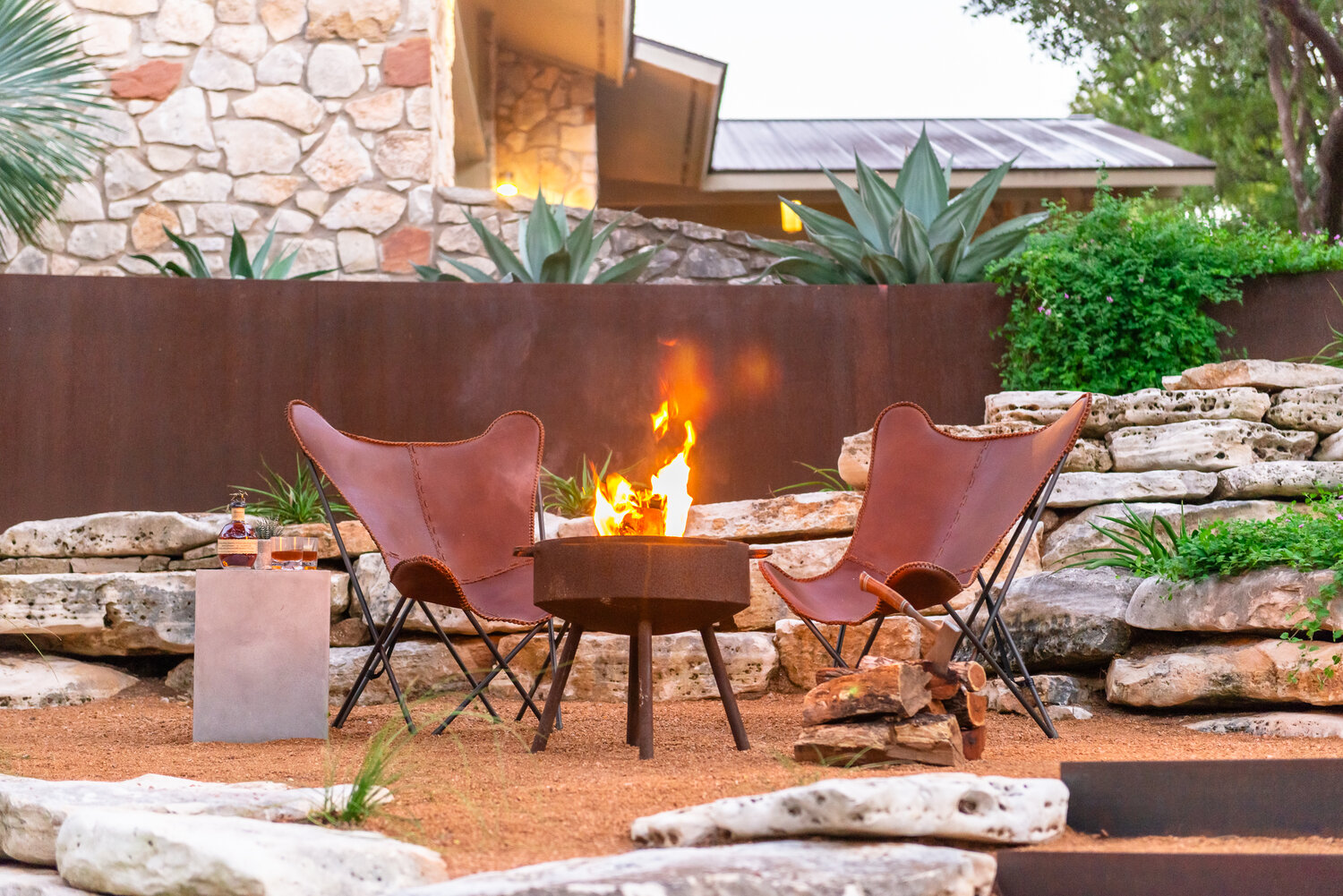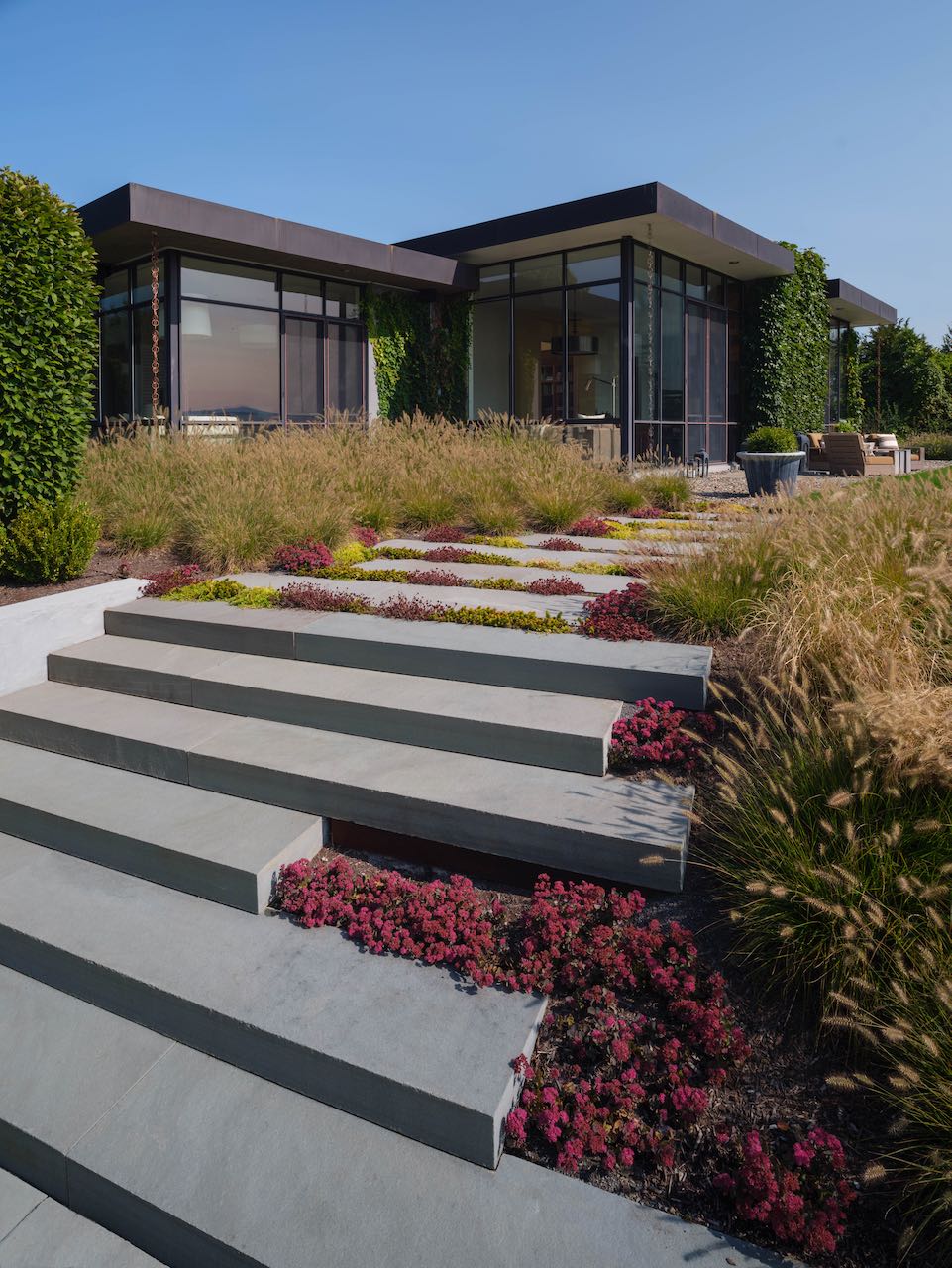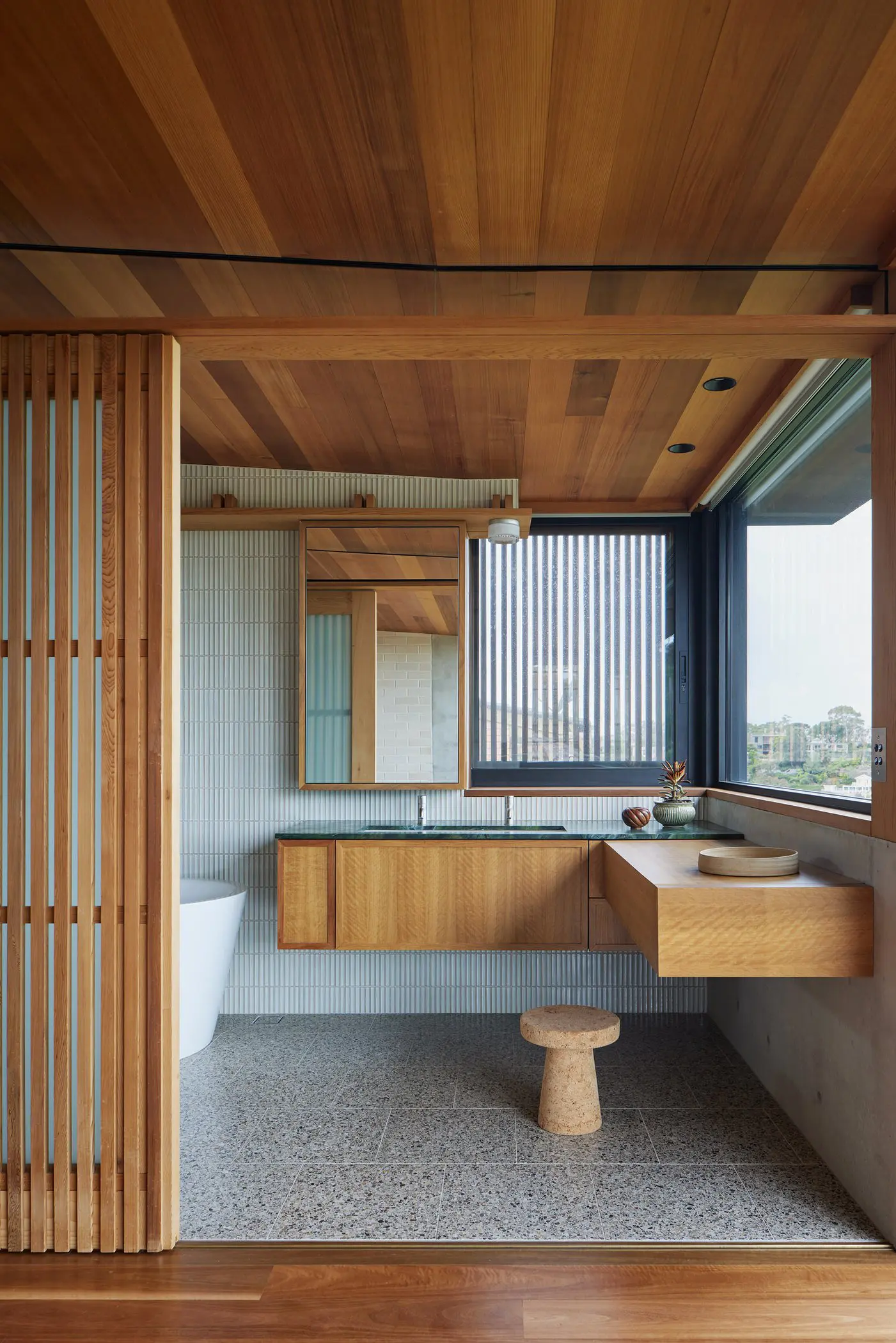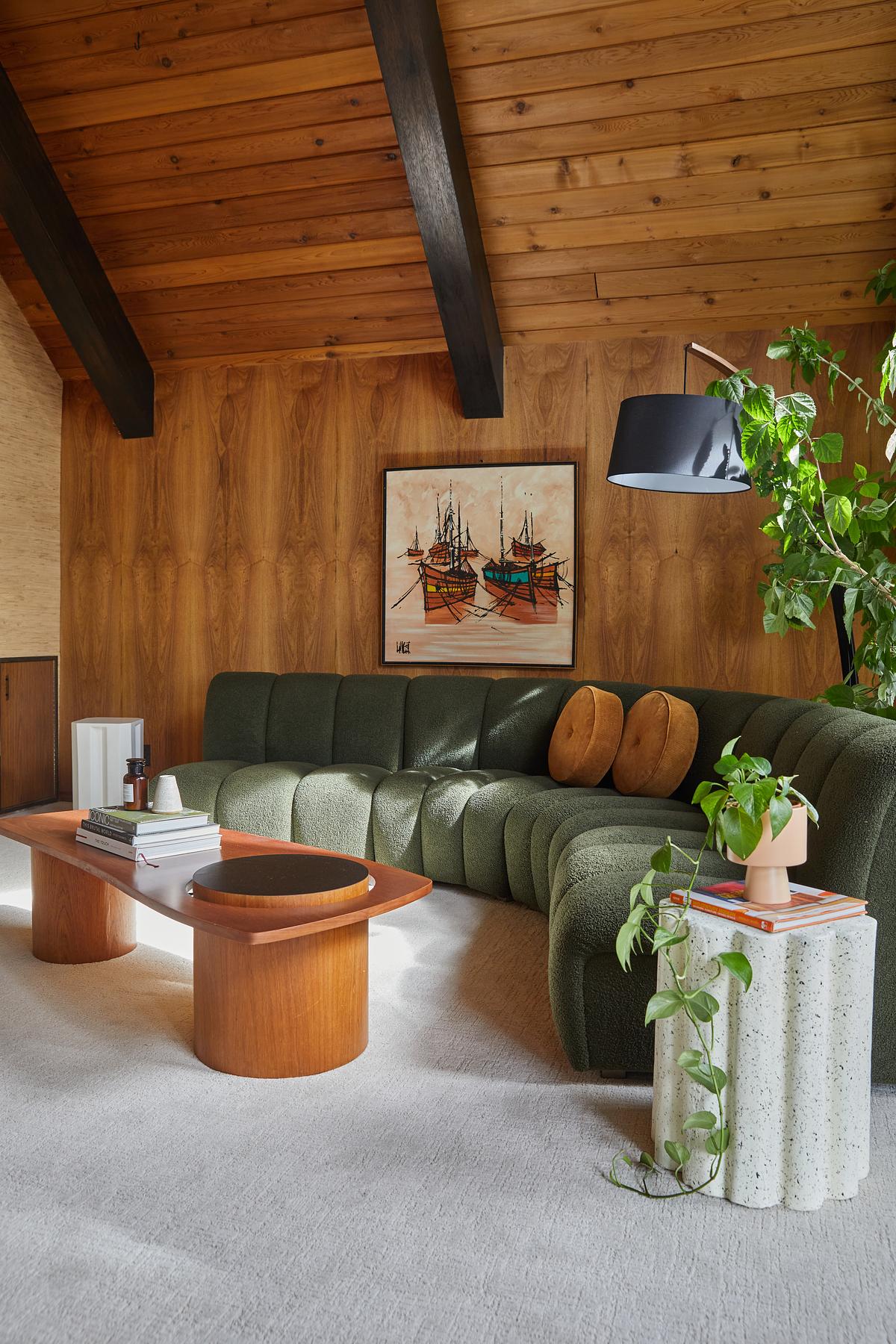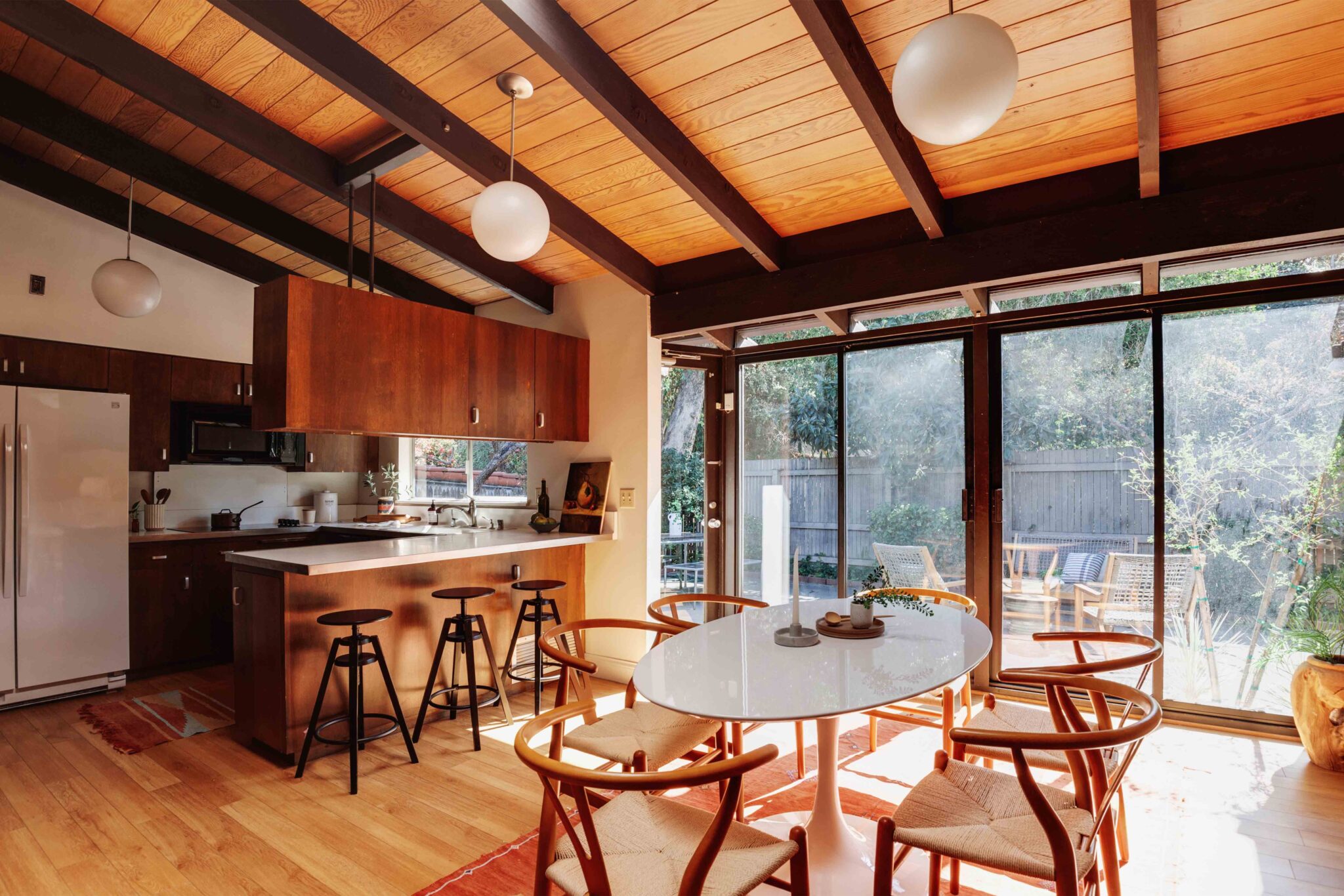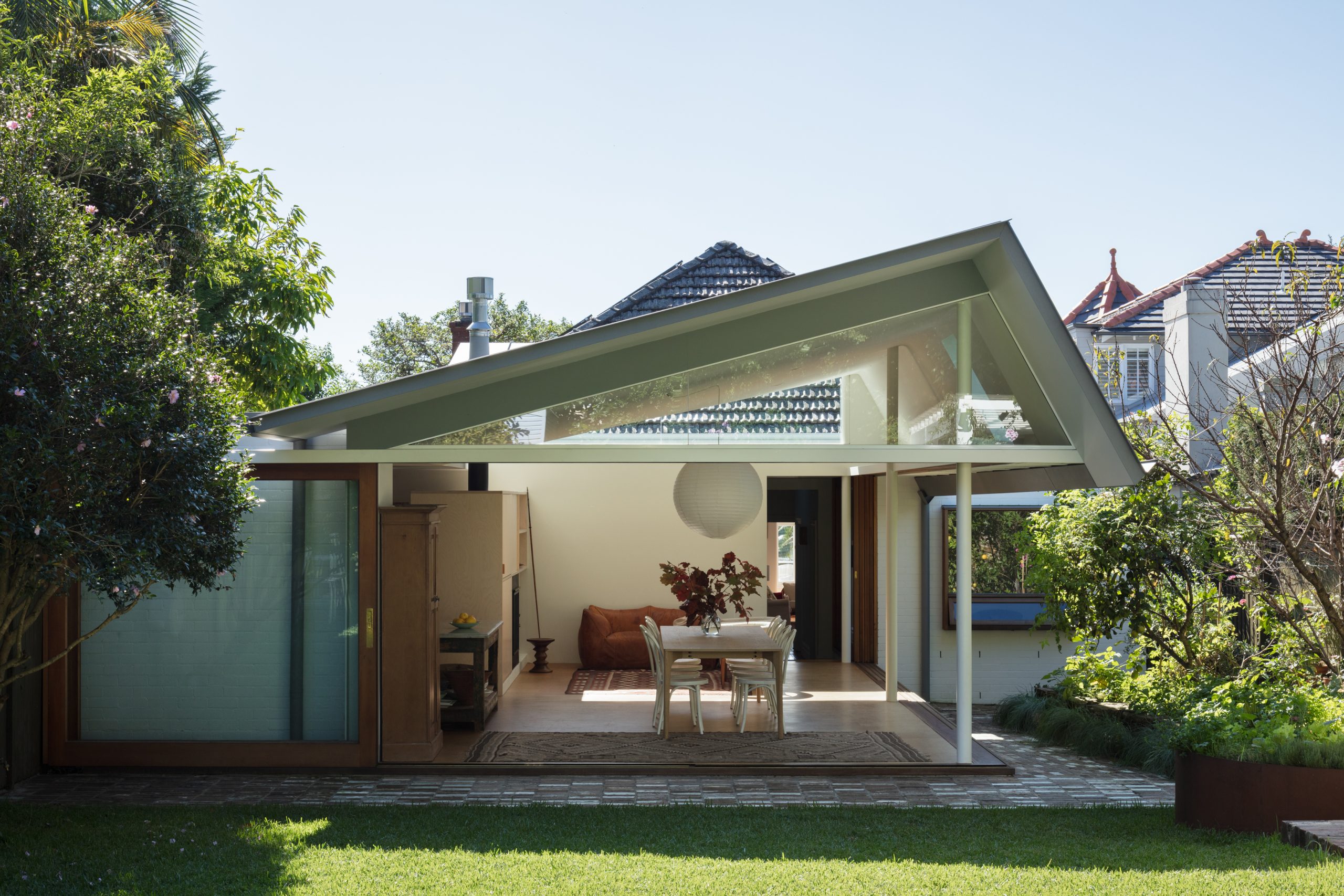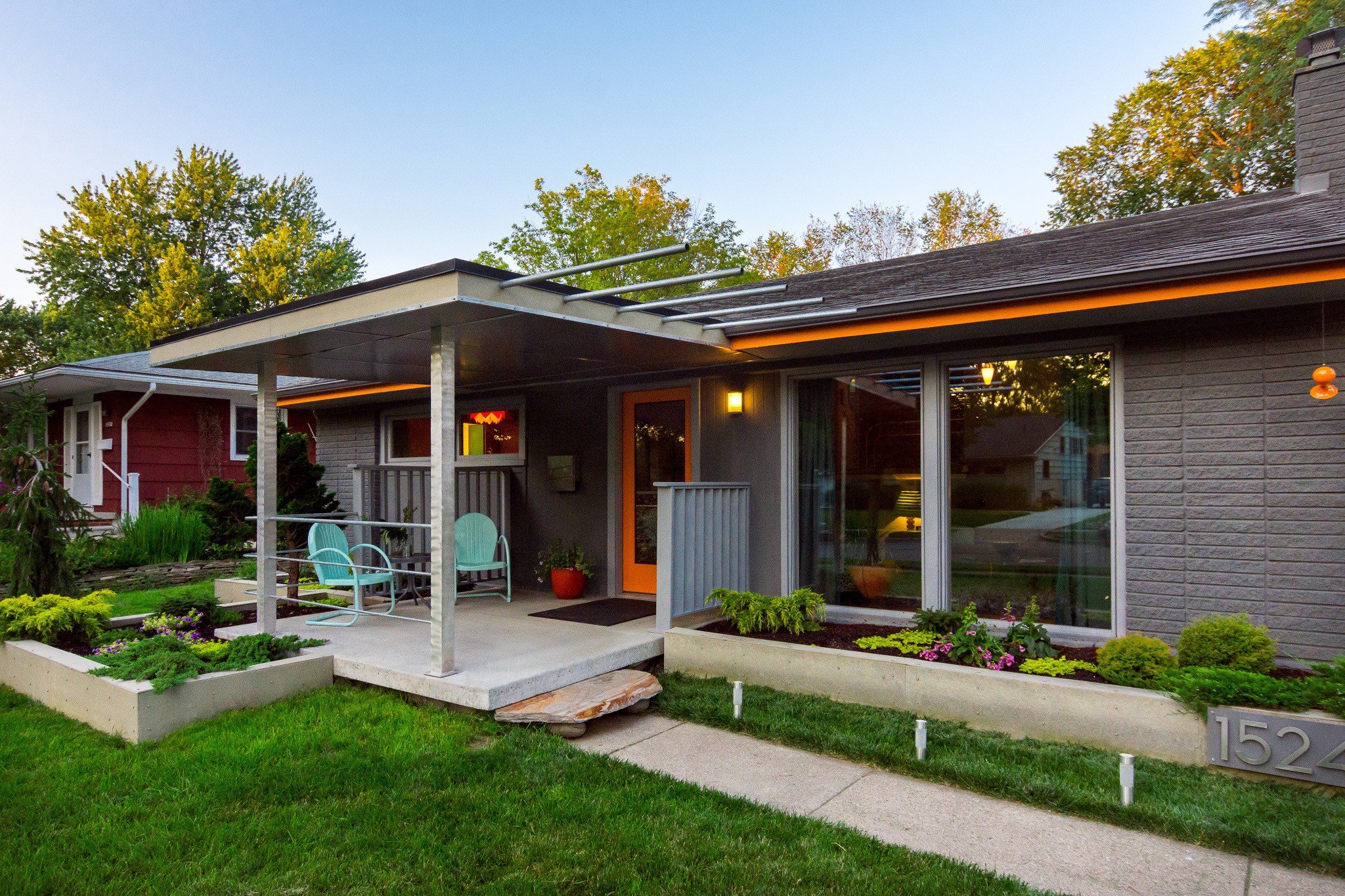
When people choose to live in mid-century homes, they’re aware that they are not just buying a property—they’re stepping into a story. For three homeowners—an architect in Sydney, a designer in Michigan, and a couple in the Bay Area—that story evolved as their lives did. Their experiences reveal how mid-century architecture can offer both structure and freedom, adapting gracefully as personal needs and ambitions shift over time.
All three began with a deep appreciation for the simplicity and honesty of mid-century design. For architect Graeme Bell, it was the expressive roofline and natural materials that drew him to a neglected 1950s house in Sydney.
Interior designer Elin Walters was captivated by the layout and light of her Michigan home, while the Bay Area couple were charmed by their ranch-style house’s proportions and then later, by the striking geometry of their Henry Hill-designed home.
Yet admiration quickly gave way to reality: original features were deteriorating, layouts needed rethinking, and systems required urgent updates.
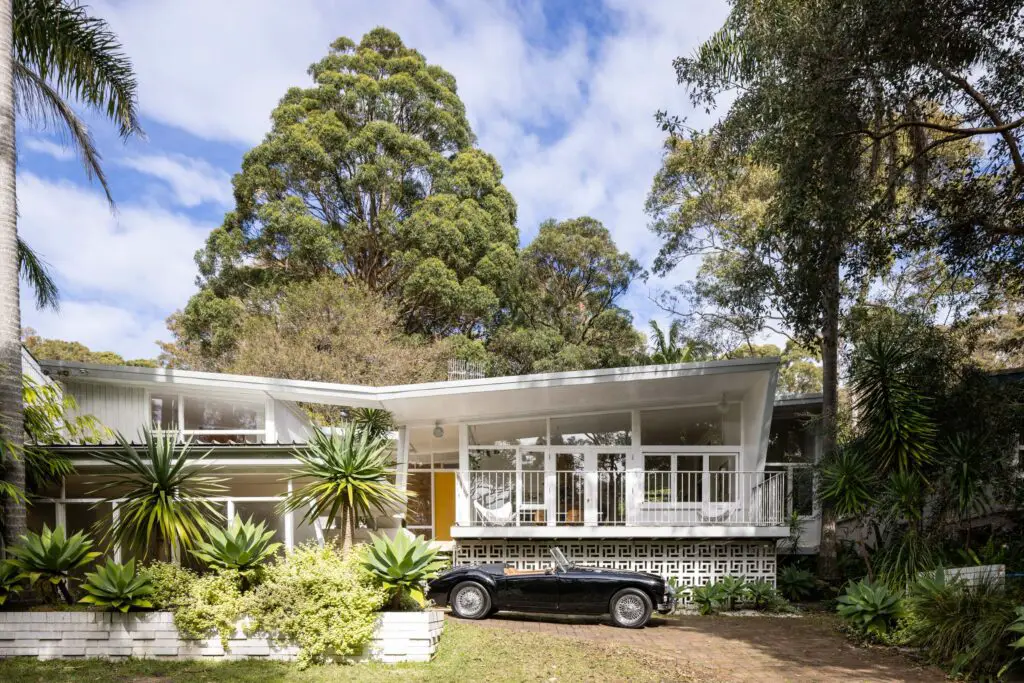
What followed were long, layered renovation journeys—guided less by trends and more by lived experience. Bell and his family lived on site for over 12 years, slowly restoring their home room by room as their budget and time allowed.
Similarly, Walters embraced a phased approach, reshaping her home as her children grew, always with an eye toward comfort and usability. The Bay Area couple’s path was marked by life transitions—from raising boys to eventually downsizing—which led to two major renovations over time. All three saw their homes as living organisms: not static showcases of design history, but spaces meant to evolve with them.
Each also reflected deeply on what it means to preserve versus reinvent. For Bell, keeping original features like the stone fireplace and butterfly roof wasn’t just about style—it was about honouring a period of thoughtful architecture that valued proportion and connection to nature.
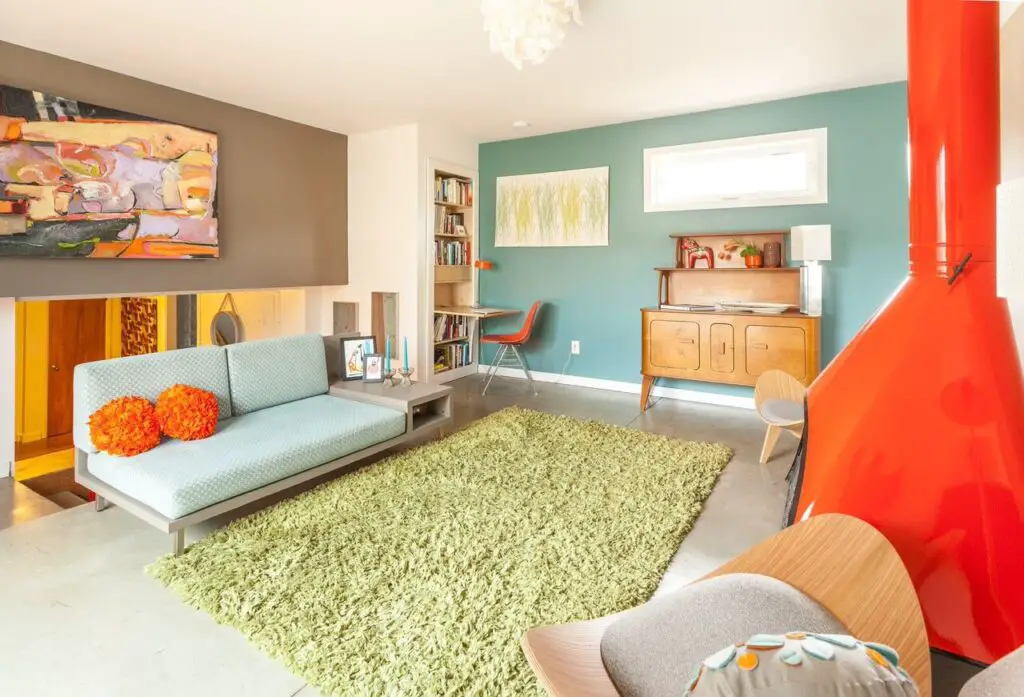
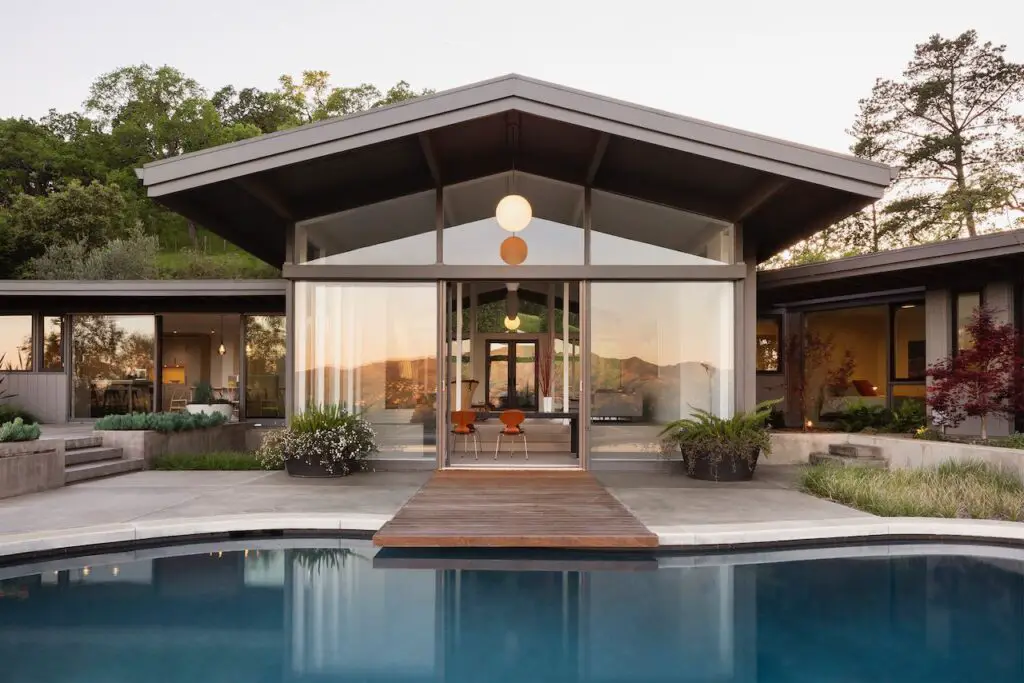
Walters took a more eclectic approach, blending bold, personal touches with mid-century bones to make the home distinctly hers. The Bay Area couple, working with Framestudio, found a middle ground: preserving the architectural language while modernising finishes and systems for long-term comfort. In all cases, the renovation wasn’t about freezing time but continuing a conversation between past and present.
And why stay in a mid-century home at all, given the effort required? The answers were unanimous: flow, openness, and light. Walters described her home as offering “freedom”—to experiment, to adapt, to grow. Bell valued the honest materials and efficient layouts that still feel relevant decades later. The Bay Area couple noted how mid-century homes “age well” when cared for—offering warmth without pretension, clarity without coldness.
These families didn’t just renovate houses—they extended the legacy of mid-century design by living in it fully, day by day. In doing so, they show that these homes are more than relics. They’re resilient frameworks for modern life, capable of accommodating chaos, calm, and change—sometimes all at once.
If you’d like to explore these stories further, you can find the full versions here:
Graeme Bell’s Sydney restoration
Elin Walters’ evolving family home
A Bay Area couple’s two-stage journey
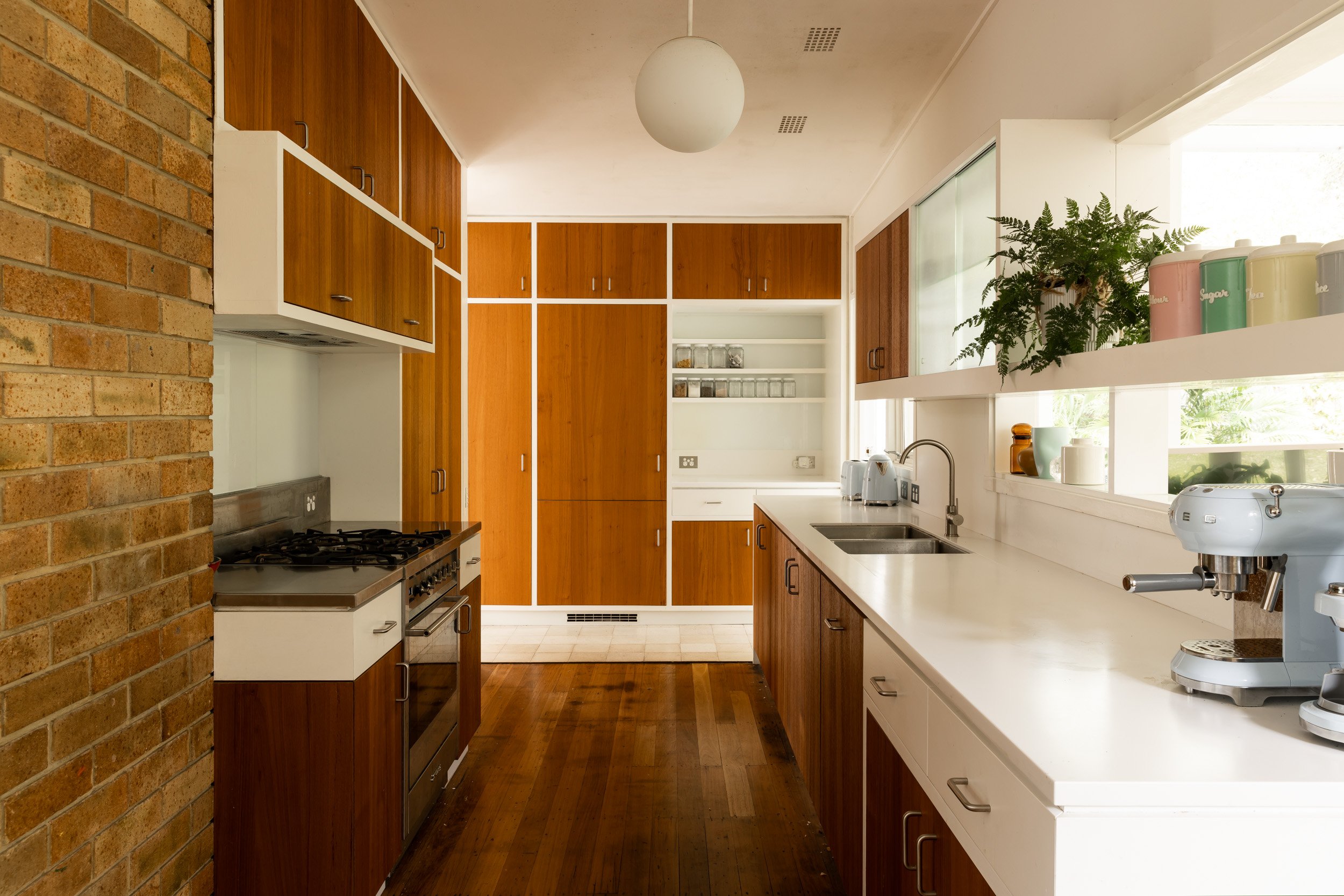
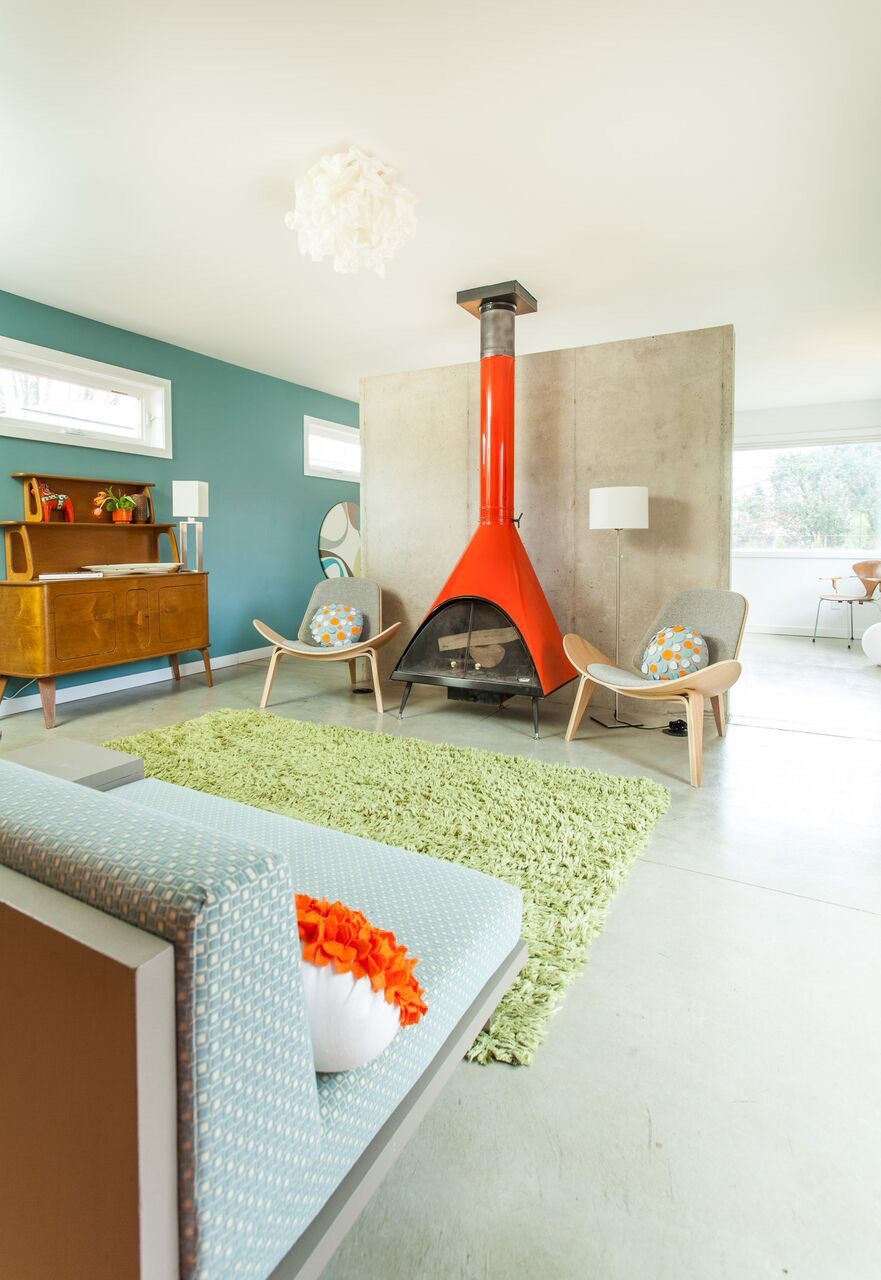
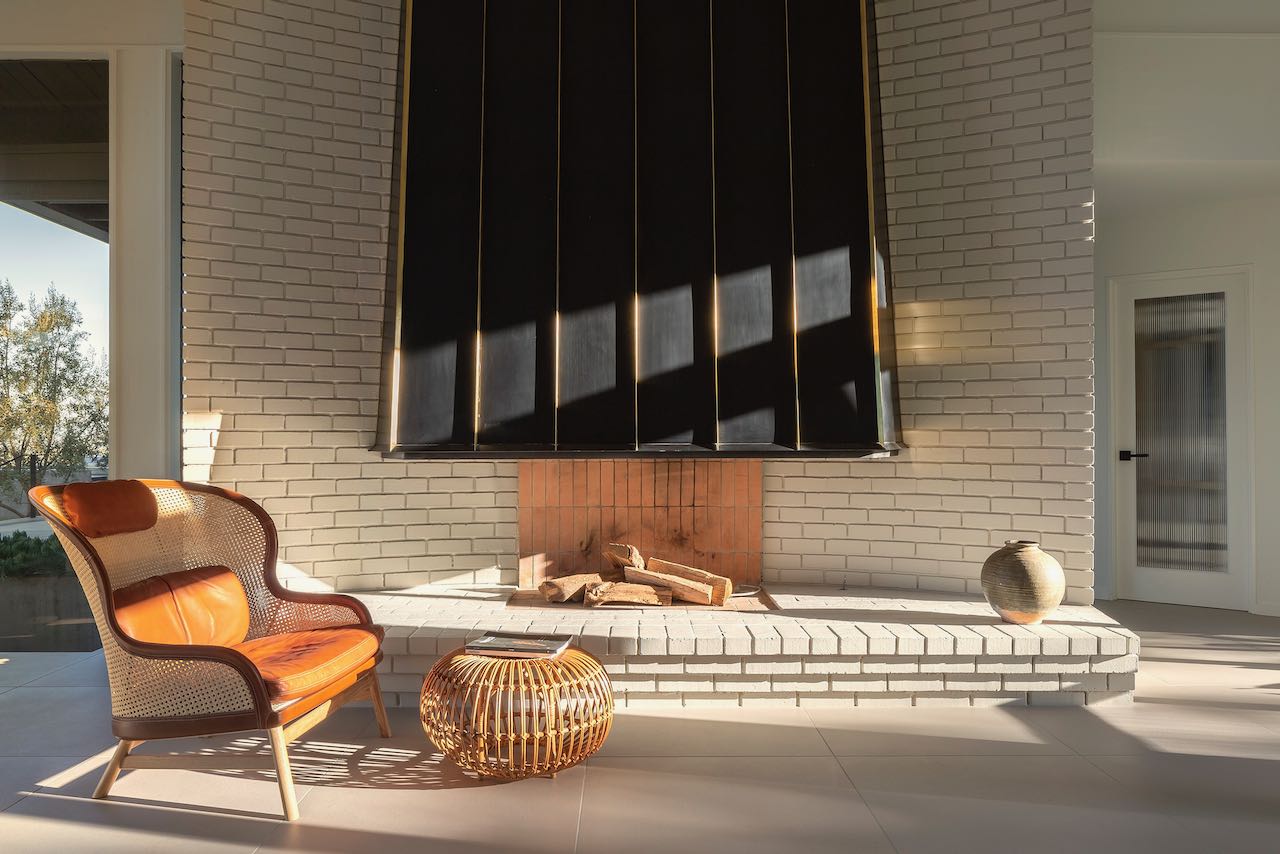
Photos Credits:
House in Sidney: Simon Whitbread
House in Michigan: Bob Foran
House in the Bay Area: Adam Rouse




